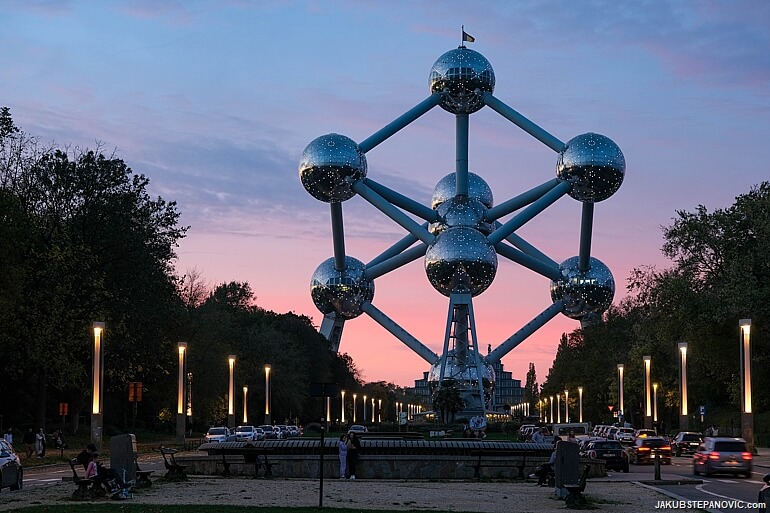
Reflecting on a decade of stories in the fascinating Belgian capital.
While I enjoyed consuming and producing stories since being a kid, it wasn't until about ten years ago, that I started seeing some methodologies and patterns in them. I got into journalism and commenced a journey that gave me opportunities to debate art and theories of stories with amazing people across different cultures and beliefs.
I looked at how places serve as a cradle for stories, but that it is people who make them. Good or evil is in people, not in specific countries or buildings. It occurred to me that the entire world is composed of a constant stream of stories and their examination. We live and create stories and navigate through established narratives: a nation is a story; religion is a story; community is a story; family is a story. Humankind constantly argues about stories, and there is never a conclusion. The story continues, the society evolves.
Meanwhile, I left the newsroom to explore more experimental mediums to tell stories. I also wanted to support meaningful ones; those that could help the causes I believe. Little did I know about all the doors it would open. Recently, I got invited to a session-packed event by the world’s largest transnational parliament (EP), focused on enhancing skills in advocacy and communication. Yey, let's go!
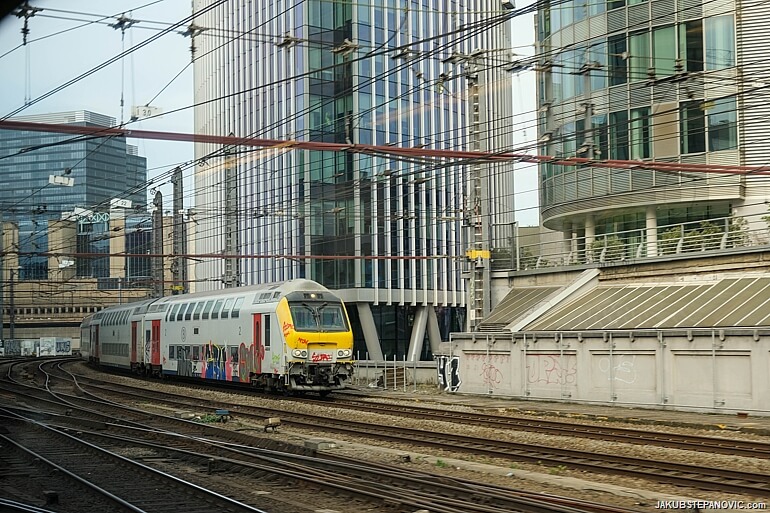
When I arrived in the Quartier Leopold, the Brussels neighborhood where many European Union institutions are, it was like entering a different world. Block after block, most people around wore stylish outfits and badges. It reminded me of the London City Airport, where every other passenger was in a suit, talking into a headset and watching numbers on a corporate laptop. But Leopold's streets didn't feel so remote. The average age was lower than I expected, and many people on bikes or scooters made it more personal.

Speaking of bikes, Brussels has an affordably priced bike-sharing scheme; unfortunately, I couldn't get the app to unlock the bikes to work. That said, I either walked or used public transit. Interestingly, I saw plenty of people riding bikes in suits and dresses; yet I saw no suits while I rode the metro or trams. That told a story about cycling in Brussels, as well as the city's public transportation.
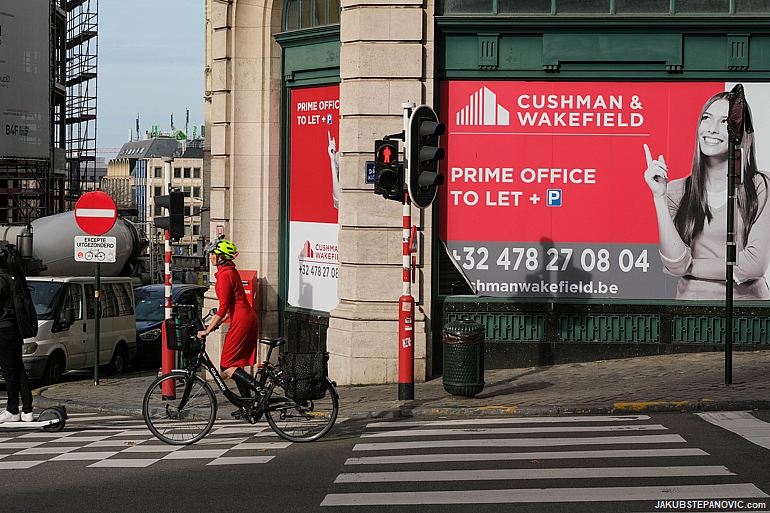
My first goal was accreditation, which was a piece of cake. I become one of those people with a badge and went to have a closer look at the parliament complex. It has a large, publicly accessible atrium, well-used by youth on skateboards. I liked that; there was enough room for them and everyone else, and seeing the space shared by people of different ages and backgrounds made a way better impression than those clinical "no fun" zones common in many other office developments.

Another noteworthy part of the complex is the Parlamentarium, an exhibition displaying the history of the EP while celebrating the diversity and connections of the member countries.

I cherished the story the Parlamentarium told, mainly because it is a fragile message. Stories aid forces that lead to changes in society, and this can go both ways. Take the UK's Tories, for example: They tell a story that brexit was a good idea, where in fact, it enacted trade barriers ceasing the ability of the UK businesses' to freely sell stuff to nearly 450 million consumers. It also brought loads of new visa requirements for UK people who want to work or study abroad, and Britons now need a passport for many holiday destinations that used to be within reach with just an ID. I can no longer use my UK phone number in Europe without paying stupid roaming fees. Yet, the people in England believe in the brexit party so much that they re-elected them.
Not everyone has the opportunity to evaluate local rhetoric in international contexts, and it often isn't encompassed within the basic school system either. That is where museums and galleries can come in place, by making such education accessible to a broad audience by presenting potentially complex topics in a fun way. In an age when it isn't hard to find voices attacking democracy, dismissing science, and delegitimatizing academic and journalistic research, the benefits of attainable knowledge cannot be overstated.
When I left, I met a friend for dinner, and in no time, the night descended upon the city.
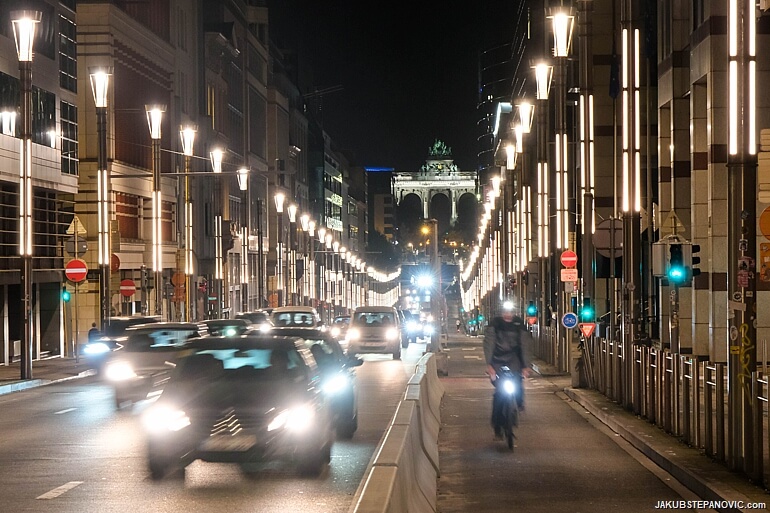
The urban planning of the Quartier Leopold follows a grid street pattern, and the roads are full of cars. So much so that at first sight, one could think they are in northern America. I also noticed loads of alarmed first responders blasting their sirens, one of the things I didn't realize until I saw that it can be done differently. Before coming here, I was in Helsinki, where most ambulances and police cars had only flashing beacons – and I was a fan of such a manner. It would be intriguing to study this deeper, how it's linked to the number of drivers, road culture, and so on. But now, I just enjoyed the city lights and atmosphere.
A stroll later, it was bedtime, and the following morning was time to roll!
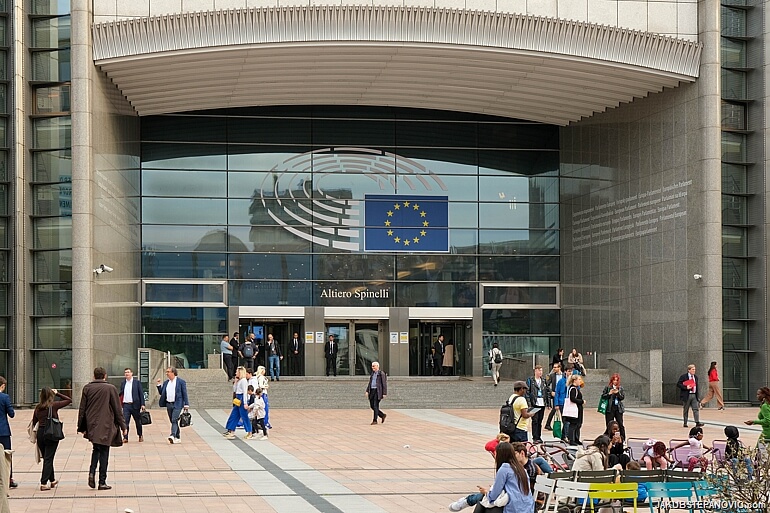
As you'd imagine, one has to go through security to get inside – which left a small stain on my positive first impression. Let me be clear, I understand the need for safety in such an institution. But the ways to execute it have a profound impact on the user experience.
--- Safety interlude ---
If safety checks would be concerned with real safety, they would be the same all over the world, because the items that can cause harm are universal. But since many security teams make the checkpoints for a show instead of ensuring safety, there are huge differences.
We are conditioned that things like water as lethal to the point we start to believe it. But then, I flew from Finland, and they allowed me to keep a full water bottle. If Finland can do that, why are other countries making such a fuss about it? And how about the other stuff? Finland had me take my laptop from my bag, but I could keep my shoes on. In the United Arab Emirates, I was told to keep the laptop inside my bag, but I had to take my shoes off. In the United States, I had to take both my laptop out and shoes off. Just to be safe? Tell me.
Since many of the circus performances are similar, one can prepare for them. I started traveling with a belt with a plastic buckle, so I don't have to take it off and on like a puppet all the time. It works, except when the security staff goes the extra mile. It was the case with the EP. The guy ordered "Belt off! This is just like an airport." I answered "Sir, I went through many airports with this belt no issue. It is a non-metallic buckle." But the guard responded, "Yeah, yeah, belt off!" A refined argument. Alas, what can one do?
— — —
We are in. If the neighborhood is like a different world, the EP is a standalone city. It is huge! Think of a gigantic convention center with offices, cantinas, chillout zones, and more.

What I appreciated a lot is that navigating through ain't just miles of white walls; they have tons of artwork on display. Some are more grandiose than others.

Navigation arrows took me, along with other participants, to the EP's heart, the hemicycle. So cool, entering this massive room that I've seen on the TV many times. What was even cooler? The event kicked off with a welcome speech by EP President Roberta Metsola.

After the address, we left for the sessions, which was a bit of an adventure. The program pointed me to A5E2, but not what it meant. Where do you start to look for a room in a complex that is like an entire city? Thankfully, if my previous experience with the EP taught me anything, it is that they love shortcuts. Sentences like: "An EEP MEP spoke with an NGO rep at LIBE event to discuss DRFMG," aren't uncommon, and they make sense. Well, if you work here, or are a proper nerd. "Surely, there's a system in this," I thought. There is, but figuring it out had me exploring more of the EP.

Once I found the first room, the system started to become clear-ish, and the upcoming talks were thought-provoking, inspiring.
I used my lunch break for a quick walk through the city center. When it comes to buildings, Brussels isn't afraid to combine old and new.
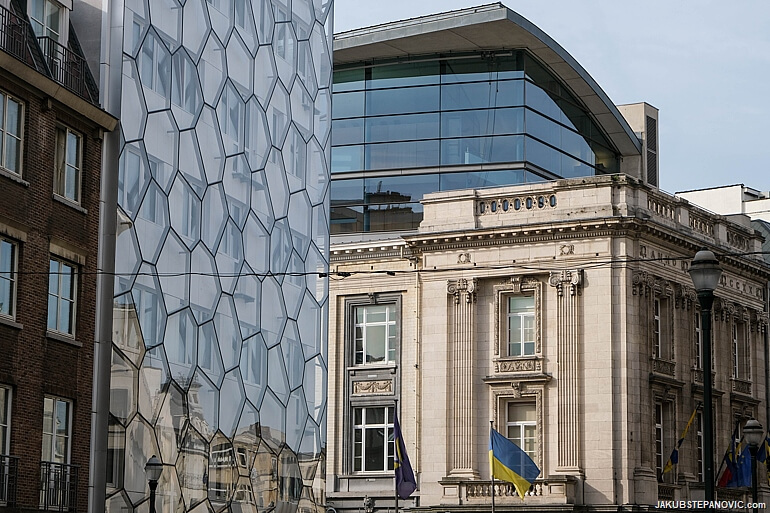
The facade on the left reminded me of Beijing's water cube.
But no matter the year of construction, most structures sported pale earthy or grey tones.
Some buildings broke it with impressive murals, and city greenery further brought more colors to the mix, while making room to relax.

Many parks had nice-looking cafes, and locals seemed to make good use of them. But I was on a mission to see the city, not the menu.
My walk continued around the Royal Palace of Brussels..
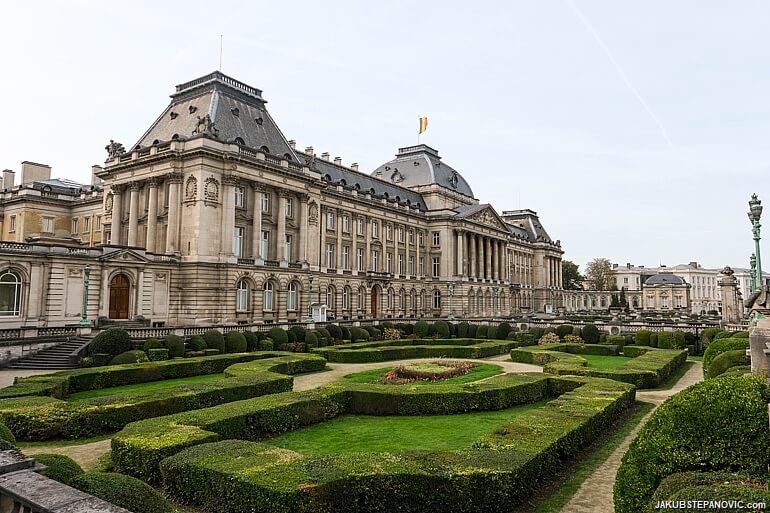
...towards St Michael and St Gudula Cathedral, which is spectacular inside and out.
As I walked around, the streets changed from a grid to an organic pattern, but the high number of cars persisted – Brussels is surprisingly car-centric. However, I also saw loads of efforts to curb it by restricting access to motorized vehicles and making streets better for pedestrians. It looks like it will be a very different story in a few years.
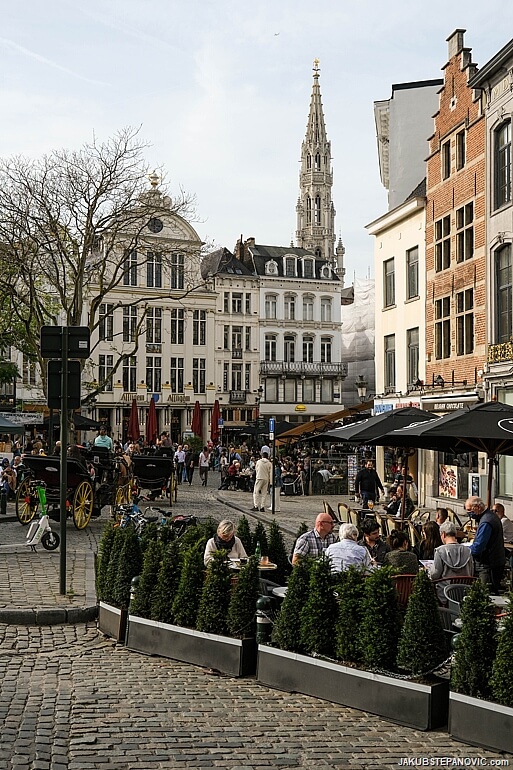
All the walking-friendly passages were bursting with people from all over the world, which added an extra flair to the already exciting mixture of French and Dutch to be heard here.
Some of the walkways took me to the Grand Place with the iconic town hall from the 1400s.

The incredible hall is hard to compete with, but the elegant facades around hold their own.
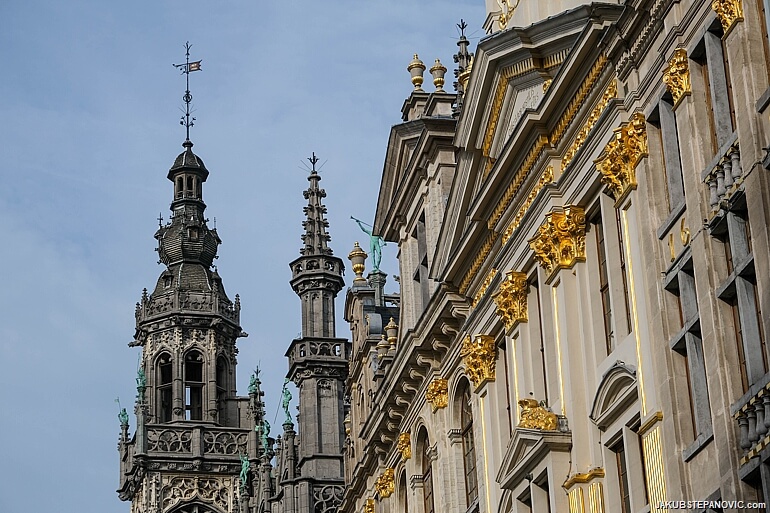
By now, the afternoon schedule was approaching, so I headed back toward the EP. There were more neat green spaces along the way, such as the Mont des Arts Garden.

It wasn't the most in-depth downtown experience, but considering I had never been there before, I felt content with my run-through and grateful that I could see the places in person.
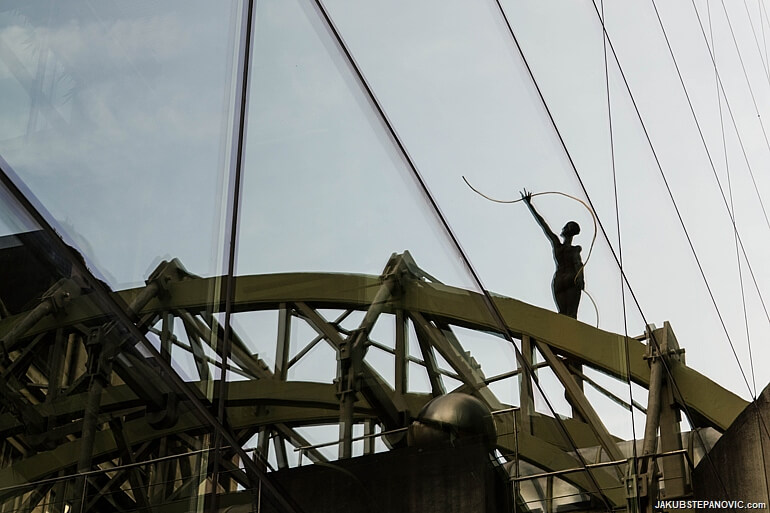
When entering the EP building this time, I pulled out my shirt to hide the belt. Nobody raised a red flag and the detector stayed silent; of course, it did. Fun and games. I went to enjoy more sessions covering art in campaigns, claiming media space, and narratives.
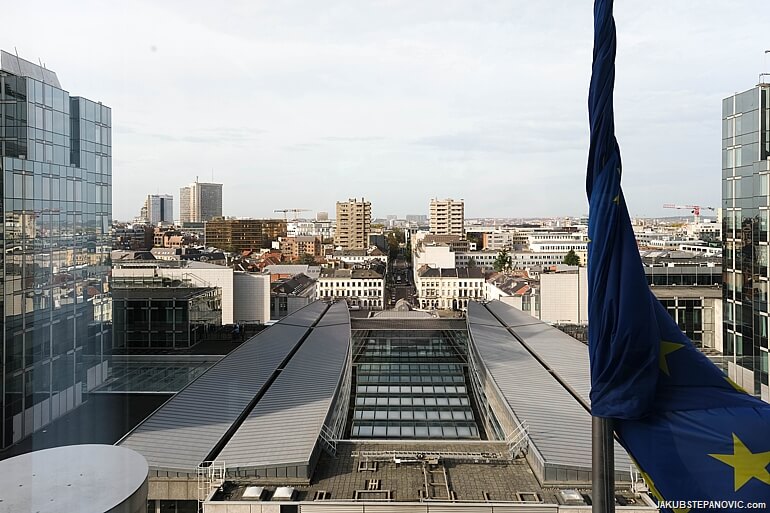
When the EP program finished for the day, I walked to the Brussels office of Meta, which had an open-house event. Little did I know that their building is very close to the embassy of the United States. This shouldn't be a mention-worthy event, but the embassy blocked the road with multiple fences, forcing pedestrians and cyclists to take a diversion. It's not a rare case: in Austria, a US embassy also barricaded a downtown street, and in Slovakia, they blocked a section of one of Bratislava's most prestigious squares.
--- Diplomatic Interlude ---
The reason why I am writing about this is that I spent some time in America and I know that there are many fab things to be excited about. Sadly, the US makes it difficult for me to explain this to folks whose only experience with the country is these fortifications that treat passersby as potential criminals. It's not just the fences; the US also asks questions like "Do you intend to commit terrorism or genocide?" when one travels there. Besides being alienating, it is immeasurably dumb. As if an enemy would tell them.
I thought about taking a picture of the embassy, so I reached for my camera, but the guards instantly proved my point instead. "Hey!! You cannot do that heere!!" They barked and announced something in their walkie-talkie, after which the guards doubled. For safety? Eh, both Google and Microsoft feature the embassy in their street-level interactive panoramas:
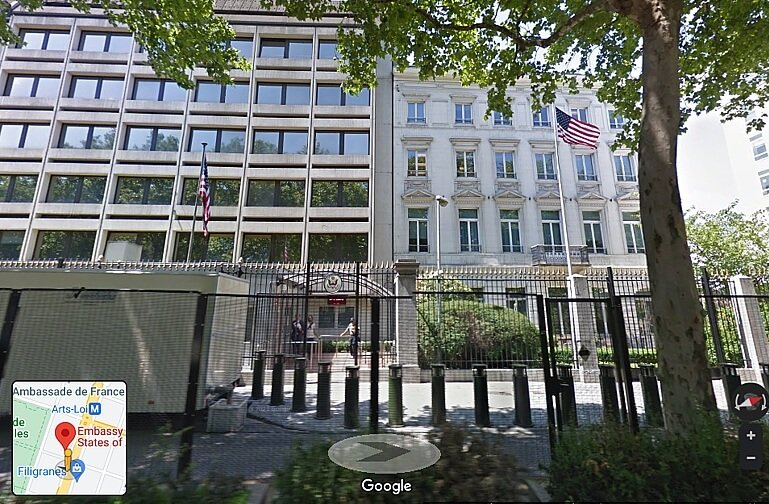
Source: Google Street View
Yep, when multinational companies photograph it to commercially publish the imagery for billions of internet users, it's fine. But if an individual wants to take a pic, all hell breaks loose, and people appointed by the self-proclaimed land of liberty and justice for all deny his freedom of expression. Now, that's a story I couldn't make up.
— — —
Anyway. This fence encounter made me think about the excellent "Der Panther" poem by Rainer Maria Rilke, so all was good in my world. I made it to Meta, but they told me that the event is for a limited number of people and that they have reached the limit already. And so, I went to see the Atomium instead, which turned out to be a sterling alternative.

The walk back to my hotel proved more pleasing sights to relish, too. Happy me!
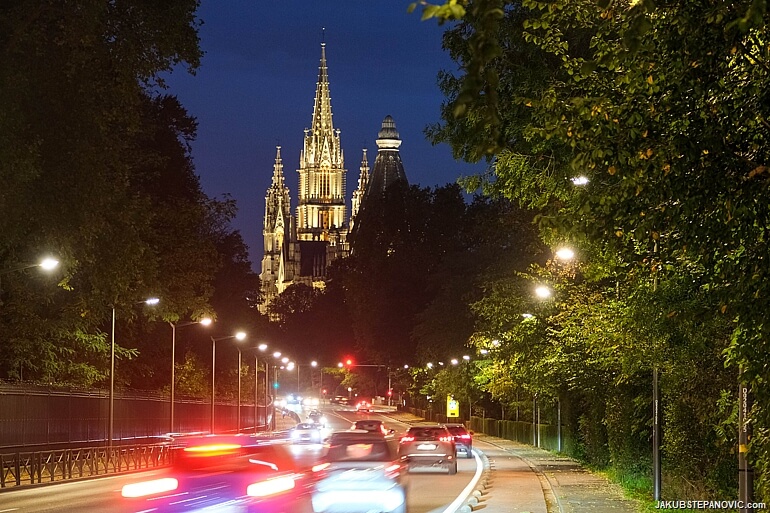
Passing the buzzing streets, I thought about all the opportunities a city like this has, all the stories that take place here.
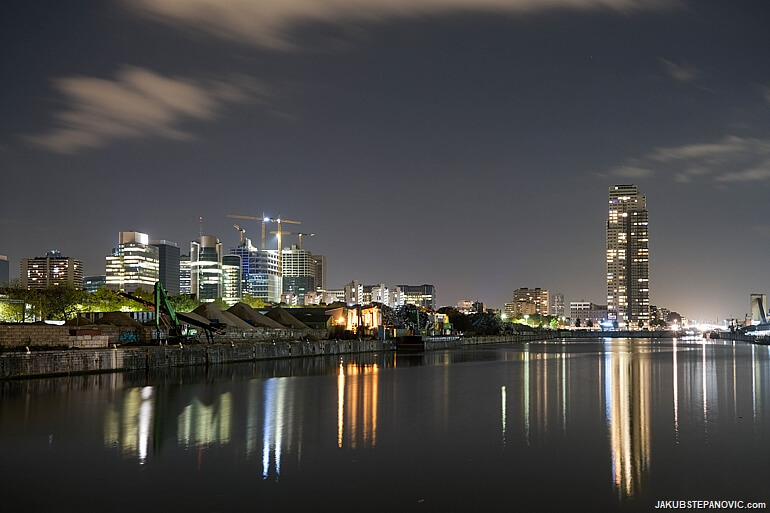
No pictures from the next day because I used my lunch break to... have lunch. And when networking and the sessions ended, I took off to another episode: nodding to the relevant rhythms of Extrawelt's Oddification, I returned to Scotland. Oh, stories!
If you enjoyed this one, you can find my other posts in my Blog Archives.
Thanks to the EP for having me; thank you for reading!
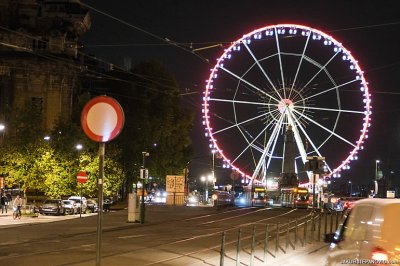
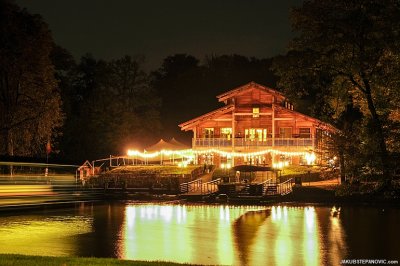
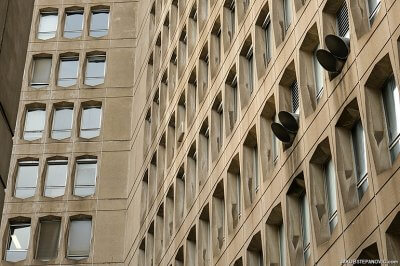
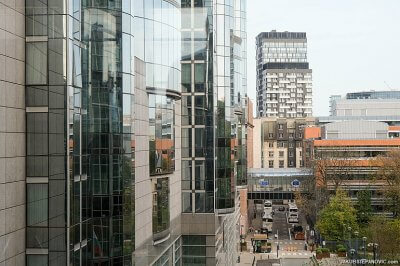
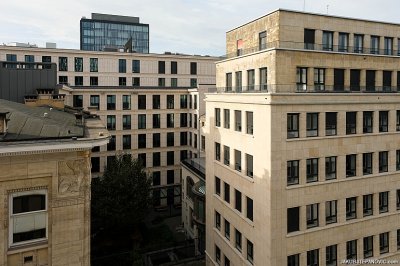
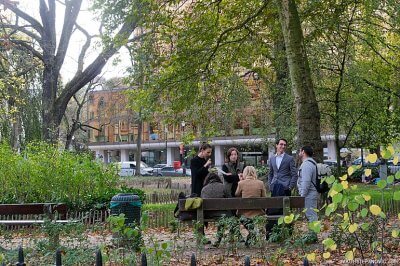







Comments are closed.